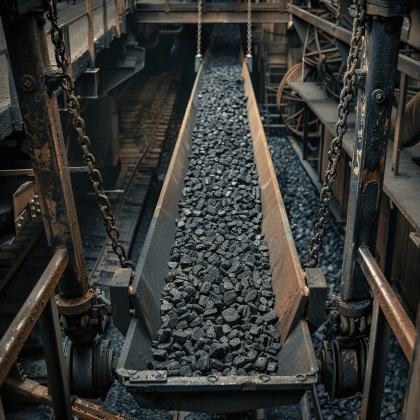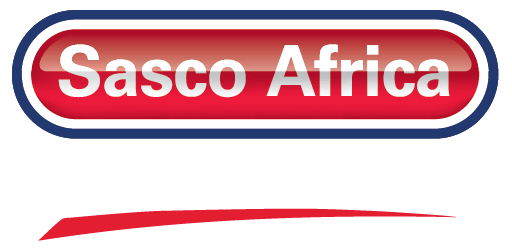
In the world of energy production, coal remains a significant player. Its accurate measurement is vital for various reasons, such as determining its value, tracking inventory, and controlling emissions. This article will delve into the process of how coal is weighed, providing a comprehensive understanding of this critical procedure.
Understanding the weight measurement process for coal is not only important for those involved in the mining industry but also for those interested in energy markets or environmental science. In every step of the way – from extraction to transportation and usage – precise weighing systems are paramount.
The Initial Weighing Process
The first stage in weighing coal happens at the extraction site – usually a mine. Coal extracted from mines is typically in large chunks or even boulders, which need to be broken down into smaller pieces before they can be weighed accurately.
One common method used to break down these larger pieces involves crushing them under high pressure. Once crushed into smaller fragments, these pieces are easier to handle and weigh.
Coal is then loaded onto conveyor belts, which transport it over scales specifically designed for heavy loads. These conveyor belt scales continuously measure the weight of coal as it moves along the belt, providing an accurate record of how much material has been extracted.
Next comes calibration – a crucial part of ensuring that weighing systems remain accurate over time. Calibration involves comparing measurements taken by the scale with a known standard or set value – usually weights that have been certified by an official body such as Sasco Africa.
Transportation Weighing
Once extracted and initially weighed, coal needs to be transported to its final destination (power plants or factories), often via railway or shipping vessels.
Before loading onto trains or ships, each batch of coal goes through another round of weighing using truck scales (also known as weighbridges) to ensure the payload does not exceed the vehicle’s weight limit. This process helps prevent damage to transport infrastructure and ensures safety during transportation.
On arrival at the destination, the coal is weighed again using similar equipment to confirm that no loss of material occurred during transit.
Usage and Emission Control
Coal’s final weighing occurs at the place of usage, typically a power plant or factory. Here, it is measured again before being fed into boilers or furnaces for combustion.
Knowing the exact amount of coal used can help manage fuel costs effectively and monitor efficiency. Furthermore, accurate measurements are essential in calculating emissions produced during combustion – a key factor in environmental compliance and regulation.
By knowing exactly how much coal we are burning, we can accurately calculate our carbon dioxide emissions – this is crucial as governments worldwide are setting increasingly stringent emission standards to combat climate change.
Conclusion
In summary, weighing coal involves a complex series of steps – each with its own set of challenges. However, with advanced technologies provided by companies like Sasco Africa, this process has become more efficient and precise than ever before.
Now that you have gained insight into how coal is weighed from extraction to usage, why not learn more about our wide range of robust and reliable weighing systems solutions? At Sasco Africa, we provide leading technology in industrial weighing scales that meet all your needs – whether you are involved in mining operations or other industries requiring precise weight data. Browse our selection today for solutions that elevate your business operations to new heights!


